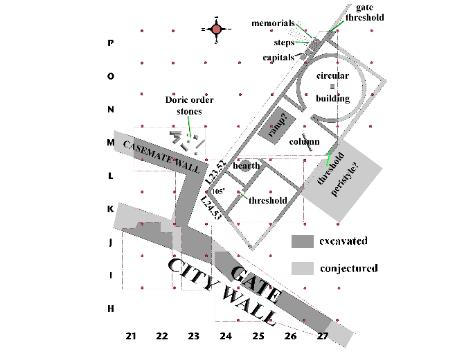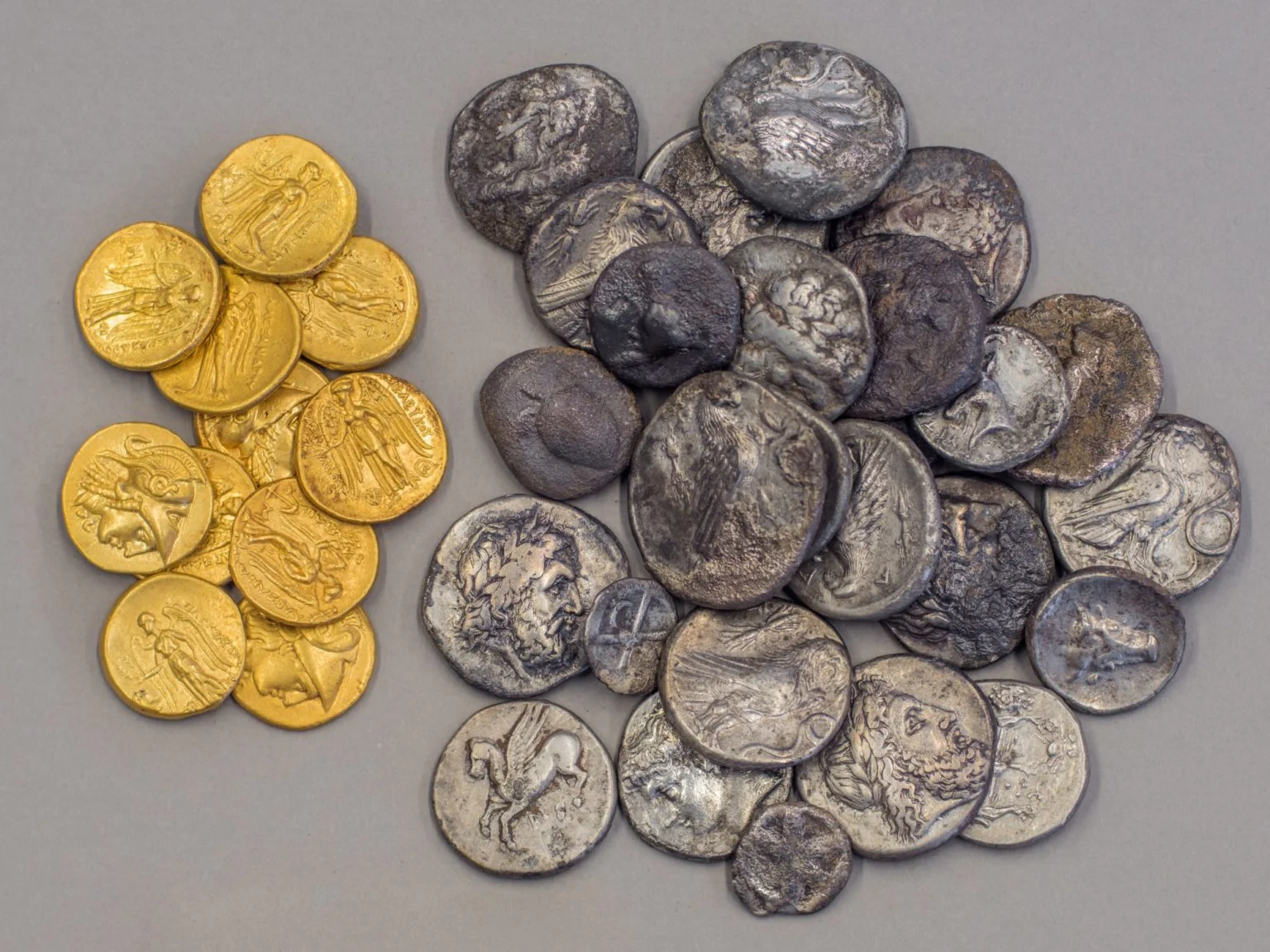It was entirely by chance that I found the site of The Culture Trip which offers a concise list of ten languages labeled as being as old as the world to be still spoken today. Amazingly, Greek is not on the list – a deception to many people, no doubt!
To keep the story true to its source, I simply quote the content of The Culture Trip link that gives all the details of the top ten languages:
Hebrew, Tamil, Lithuanian, Farsi, Icelandic, Macedonian, Basque, Finnish, Georgian, and Irish Gaelic.
Hebrew
Hebrew is a funny case, since it essentially fell out of common usage around 400 CE and then remained preserved as a liturgical language for Jews across the world. However, along with the rise of Zionism in the 19th and 20th century, Hebrew went through a revival process to become the official language of Israel. While the modern version differs from the Biblical version, native speakers of Hebrew can fully comprehend what is written in the Old Testament and its connected texts. As the earliest speakers of Modern Hebrew often had Yiddish as their native language, Modern Hebrew has in many ways been influenced by this other Jewish language.
Tamil
Lithuanian
Farsi
In case you haven’t heard of Farsi, it’s a language spoken in modern-day
Icelandic
Icelandic is another Indo-European language, this time from the North Germanic Branch (just for comparison, English is also a Germanic language, but from the West Germanic branch). Many Germanic languages have streamlined themselves and lost some of the features that other Indo-European languages have (you’ve probably never heard of a case, for example, unless you’ve studied Latin or a Slavic language), but Icelandic has developed much more conservatively and retained many of these features. Danish governance of the country from the 14th to the 20th century also had very little effect on the language, so it has mostly gone unchanged since Norse settlers brought it there when they came to the country, and Icelandic speakers can easily read the sagas written centuries ago.
Macedonian
The Slavic language family, which includes Russian, Polish, Czech, and Croatian, among others, is relatively young as far as languages go. They only started splitting off from their common ancestor, Common Slavic (or Proto-Slavic), when Cyril and Methodius standardized the language, creating what is now called Old Church Slavonic, and created an alphabet for it. They then took the language north with them in the 9th century as they went to convert the Slavs to Christianity. They came from somewhere just north of
Basque
The Basque language is the ultimate linguistic mystery. It is spoken natively by some of the Basque people who live in
Finnish
Finnish may not have been written down until the 16th century, but as with any language, it has a history that stretches back far earlier than that. It is a member of the Finno-Ugric language family, which also includes Estonian, Hungarian, and several smaller languages spoken by minority groups across
Georgian
The
Although Irish Gaelic is only spoken as a native language by a small majority of Irish people nowadays, it has a long history behind it. It is a member of the Celtic branch of Indo-European languages, and it existed on the islands that are now





.gif)
















